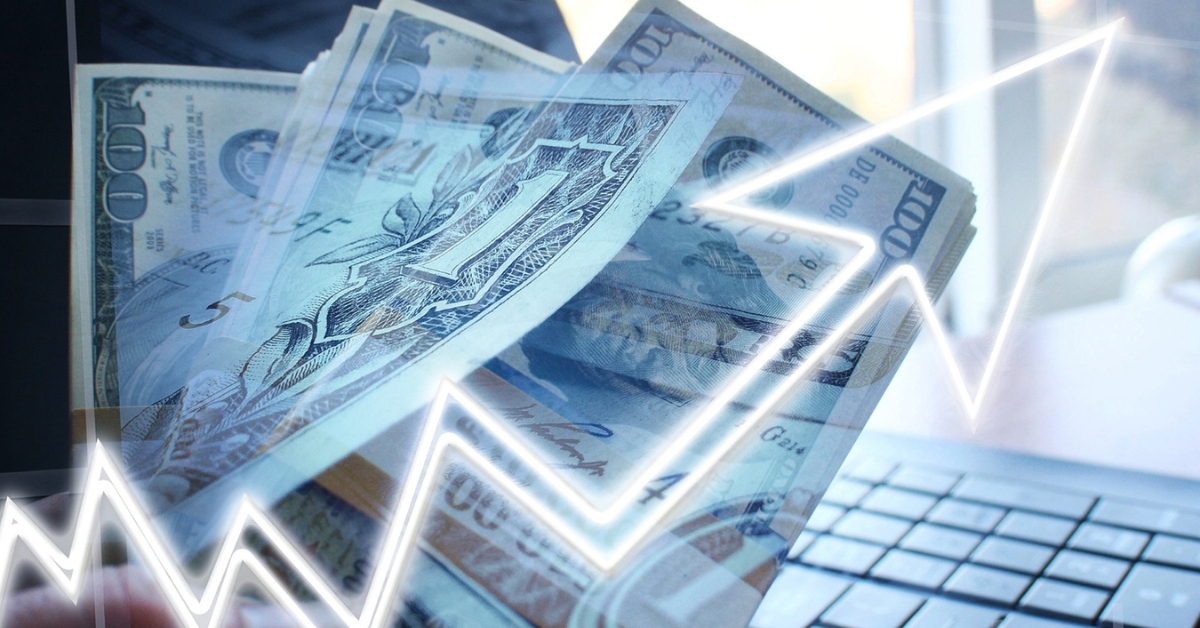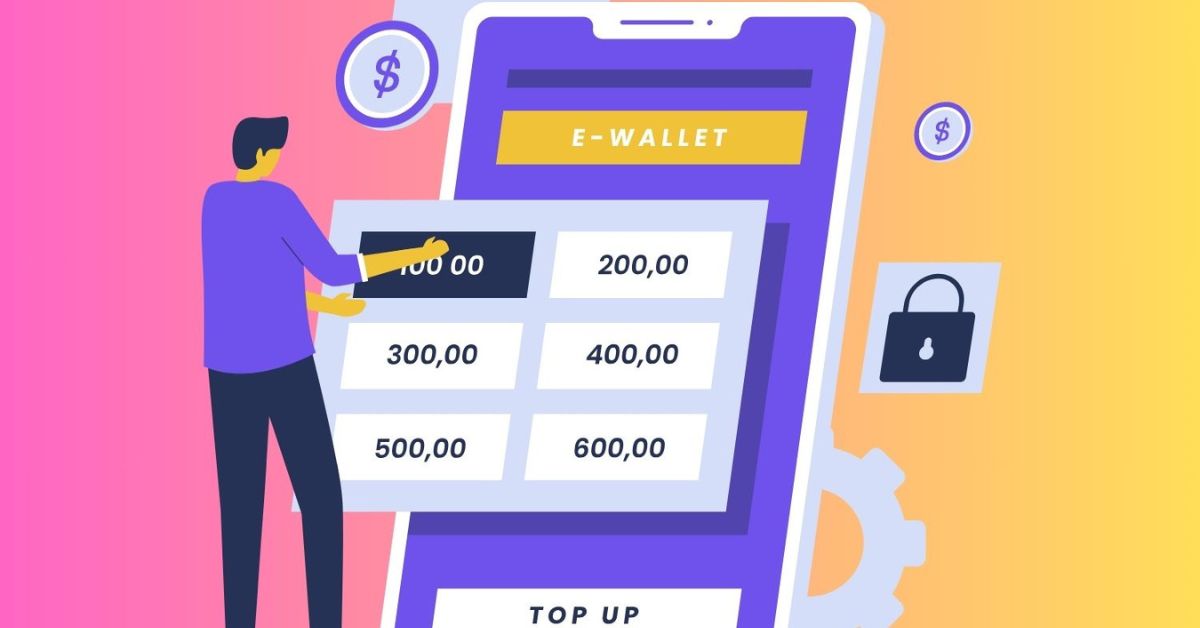Introduction
Inflation significantly impacts savings and investments, requiring informed financial portfolio decisions. This blog explores its effects and offers strategies to mitigate its impact.
The Impact of Inflation on Savings
Reduced Purchasing Power
Inflation directly impacts savings by reducing purchasing power, as the real value of money decreases over time if the inflation rate exceeds the interest rate.
Negative Real Returns
Inflation over savings interest leads to negative real returns, resulting in nominal growth but real value loss.
Inflation-Indexed Savings Options
To combat the effects of inflation, consider inflation-indexed savings options such as Treasury Inflation-Protected Securities (TIPS) in the United States. These securities adjust their principal value based on inflation, protecting rising prices.
The Impact of Inflation on Investments
Equities
Inflation can positively impact stock investments by increasing revenues and profits for companies with strong pricing power. Still, it can also increase production costs, reduce profit margins, and lead to higher interest rates, further affecting profitability.
Bonds
Inflation negatively impacts fixed-income investments like bonds, causing a loss of purchasing power and increased interest rates, potentially decreasing the market value of existing bonds and prompting investors to seek inflation-protected bonds.
Real Estate
Real estate serves as a hedge against inflation, as property values and rental income rise with inflation, preserving investment purchasing power. However, inflation-related interest rates can increase mortgage costs.
Commodities
Commodities, such as gold, silver, and oil, often perform well during periods of high inflation. These tangible assets tend to maintain their value as the cost of goods and services increases, making them attractive options for investors seeking inflation protection.
Strategies to Mitigate the Impact of Inflation
Diversification
Diversifying your investment portfolio is a key strategy to mitigate the impact of inflation. A mix of asset classes, including equities, bonds, real estate, and commodities, can help balance the risks and rewards associated with inflation.
Inflation-Protected Securities
Investing in inflation-protected securities, such as TIPS, can provide a safeguard against inflation. These investments adjust with inflation, ensuring that your returns keep pace with rising prices.
Real Assets
Including real assets like real estate and commodities in your portfolio can provide a hedge against inflation. These assets tend to appreciate as inflation rises, helping to preserve your purchasing power.
Dividend-Paying Stocks
Investing in dividend-paying stocks can offer a steady income stream that may outpace inflation. Companies with a history of increasing dividends are often better positioned to weather inflationary pressures.
Review and Adjust
Regularly review and adjust your investment portfolio to account for changes in inflation and economic conditions. Staying informed and proactive can help you make strategic decisions that protect and grow your wealth.
Conclusion
Inflation significantly impacts savings and investments, requiring understanding and implementing strategies like diversification, inflation-protected securities, real assets, and dividend-paying stocks to protect financial futures and ensure portfolio management.
#Inflation #Savings #Investments #FinancialPlanning #InvestmentStrategy #PersonalFinance #RealEstate #Commodities #Bonds #Equities #EconomicFactors



